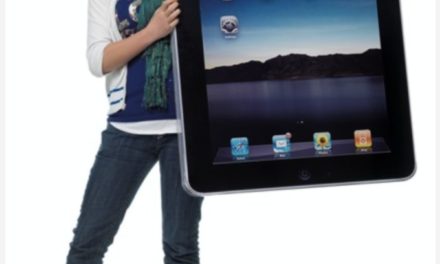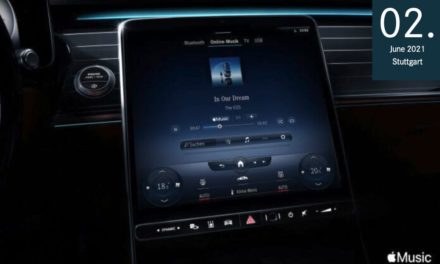Apple has been granted a patent (number 11495218) for “virtual assistant operating in multi-device environments.” It involves making Siri, its personal digital assistant, run smoothly in an environment of multiple Apple devices.
About the patent
In the patent, the tech giant notes that a user may have one or more virtual-assistant capable electronic devices and may use an accessory device to communicate with them. An accessory device can include a single piece or multiple pieces (e.g., a headphone that has two ear pieces for the left and right ears).
However, when a user invokes a virtual assistant through an accessory device such as a headphone, there may be ambiguity as to which Siri-capable electronic device the user is intended to use because the accessory device may be connected, or potentially connected, to multiple virtual-assistant capable electronic devices (e.g., a wearable device, a smartphone, tablet computer, etc.).
What’s more, a particular virtual-assistant capable electronic device connected to the accessory device may not be able to perform the required task. As an example, an accessory device may be communicatively connected to a smartphone, but not a wearable device (e.g., a smartwatch). The user may request to start a workout, which is a request to start a workout on the wearable device, but not the smartphone.
Apple says it would be “desirable to determine the user intent and route the request to the wearable device to carry out the task without further user input to connect to the wearable device.” The company’s patent involves techniques that disambiguate the user’s speech input received at an accessory device to determine which Siri-capable electronic device the user intended to use, and techniques that intelligently routing the user request to a device that is capable of performing the requested task, are desired.
Summary of the patent
Here’s Apple’s abstract of the patent: “Systems and processes for providing a virtual assistant service are provided. In accordance with one or more examples, a method includes receiving, from an accessory device communicatively coupled to the first electronic device, a representation of a speech input representing a user request. The method further includes detecting a second electronic device and transmitting, from the first electronic device, a representation of the user request and data associated with the detected second electronic device to a third electronic device.
“The method further includes receiving, from the third electronic device, a determination of whether a task is to be performed by the second electronic device in accordance with the user request; and in accordance with a determination that a task is to be performed by the second electronic device, requesting the second electronic device to performed the task in accordance with the user request.”
Article provided with permission from AppleWorld.Today




